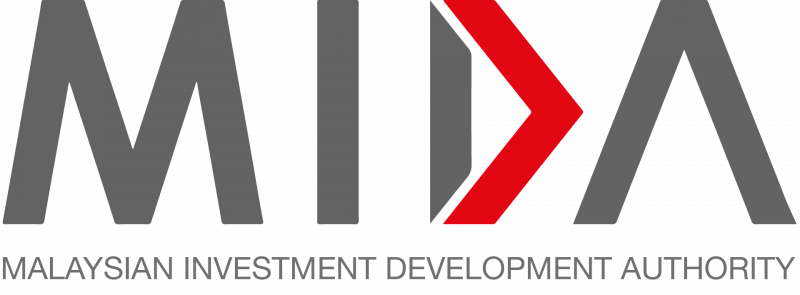JLand Group Sdn Bhd (JLG), the real estate and infrastructure arm of Johor Corporation (JCorp), has signed a memorandum of understanding with biotechnology powerhouse ALPS Global Holding Bhd to establish Malaysia’s very own biotechnology “Silicon Valley” .
With the global biotechnology market set to soar towards an estimated value of nearly four times its 2020 figure by 2030, the collaboration between JLG and ALPS is anticipated to emerge as Malaysia’s strategic initiative to seize upon this unparalleled growth trajectory. The impending development of the hub is anticipated to generate an estimated gross development value (GDV) of RM980 million.
Nestled within the dynamic circular city of Ibrahim Technopolis (IBTEC) in Sedenak, Johor, the hub is set to emerge as a comprehensive biotechnology and life sciences centre in the coming decade. Spanning vaccine manufacturing and development, genomics, regenerative medicines, immunotherapy and gene editing, the state-of-the-art research hub is primed to tackle the most pressing challenges of healthcare confronting humanity in the present day.
“We applaud ALPS’s achievements thus far and eagerly anticipate exploring more opportunities together. We believe this collaboration will signify a momentous milestone in biotechnology innovation on the global stage, fostering a thriving ecosystem conducive to pioneering research, knowledge exchange, and economic advancement,” said JLG deputy chairman and JCorp real estate and infrastructure director Datuk Akmal Ahmad
“Set to become one of our forthcoming ventures within IBTEC, the biotechnology hub will revolutionise the sector and serve as a significant addition to our established data centre and upcoming artificial intelligence (AI) hubs. It will unite new-age industrialists, digital pioneers, and lifelong learners in an advanced environment engineered for sustainable growth, aligned with the New Industrial Masterplan 2030 and the National Energy Transition Roadmap,“ he added.
ALPS Group CEO Datuk Seri Dr Tham Seng Kong said that with JLG’s expertise and Johor’s favourable investment climate, they are confident that their collaborative efforts will establish the biotechnology hub as the premier destination for biotechnology solutions, attracting top-tier industry leaders and talent to engage in groundbreaking research initiatives.
Through the partnership, JLG will play a pivotal role as both landowner and developer, nurturing an environment conducive to biotechnological endeavours, while ALPS will serve as the anchor tenant and operator, harnessing its established facilities, team of scientists, and extensive global biotechnology networks.
Souce: The Sun
BusinessJLand Group, ALPS sign MoU to develop biotech hub in Johor
Content Type:
Duration:


